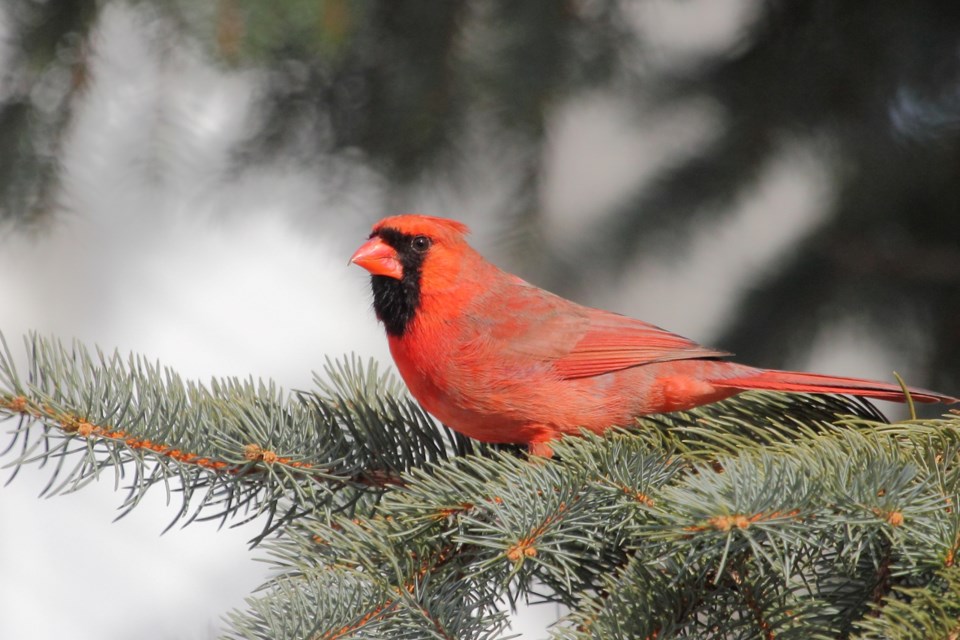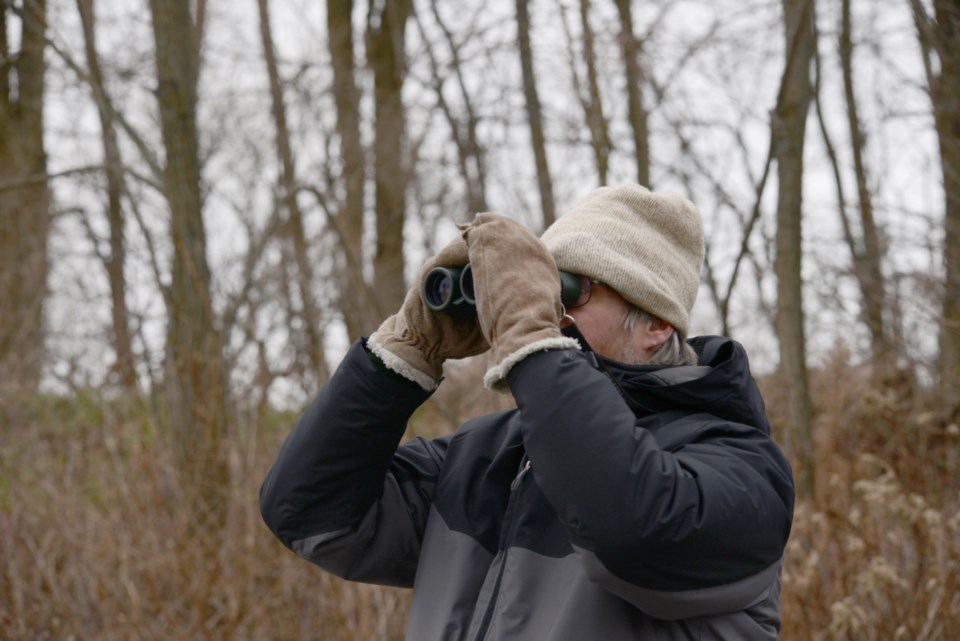Christmas is certainly not short on traditions, like gift giving, erecting trees and counting birds.
Yes, counting our feathered friends is indeed a holiday tradition, though perhaps lesser-known. The Christmas Bird Count has taken place for over 100 years and will soon return for another season. The count in Halton Hills will take place on Dec. 27. Municipalities are participating across Canada between Dec. 14 and Jan. 5.
“You don't have to be a scientist. You don't have to have a PhD. You don't have to be working for years on a project. You go out for one day and you have a little fun and you see some birds and you contribute to science,” Lesley Rudy of Ontario Nature told HaltonHillsToday.

The Halton Hills chapter of the project will be run by the Halton-North Peel Naturalist Club. The group has been assigned a geographic area by Birds Canada, which is organizing the census. Within this circle, participants will, as the name of the event suggests, systematically count birds.
"It is typically divided up into eight areas. Each area has a team of about three or four people and a team leader. The leader is usually an experienced birder and someone who knows the area," said Ian Jarvie of the local Naturalist Club, who's also a bird count compiler. "We record the species and the numbers seen."
The volunteers will be sticking to easily-accessible places like roads and conservation areas.
Ontario Nature says the event can be a fun way for the whole family to contribute to science as the data will be made available to anyone - like universities and government scientists - who would find it interesting and useful. This is especially vital in an environment where some bird populations are in a more precarious position than ever.
The North American Bird Conservation Initiative’s (NABCI) State of Canada’s Birds report from 2019 - the last such report - paints a worrying picture.
While it indicates that waterfowl and birds of prey populations have soared by 150 and 110 per cent respectively since 1970, shorebirds, grassland birds and insectivore numbers dove between 40 and 60 per cent in the same period.
NABCI’s American arm is also sounding the alarm in its 2022 study, stating that as many as three billion birds have been lost in the past 50 years.
Rudy points to loss of habitat, the use of chemicals and climate change as reasons for this decline.
Around the lead-up to the 20th century, people in North America took part in a Christmas side hunt, where participants competed to see who could kill the most animals, including birds.
Scientists and conservationists became alarmed by the decline in bird populations resulting from these hunts. In 1900, ornithologist Frank Chapman - an early officer of the non-profit National Audobon Society - conceived of the Christmas Bird Count in response.
More information on the bird count, including other participating municipalities, can be found on BirdsCanada.org.



